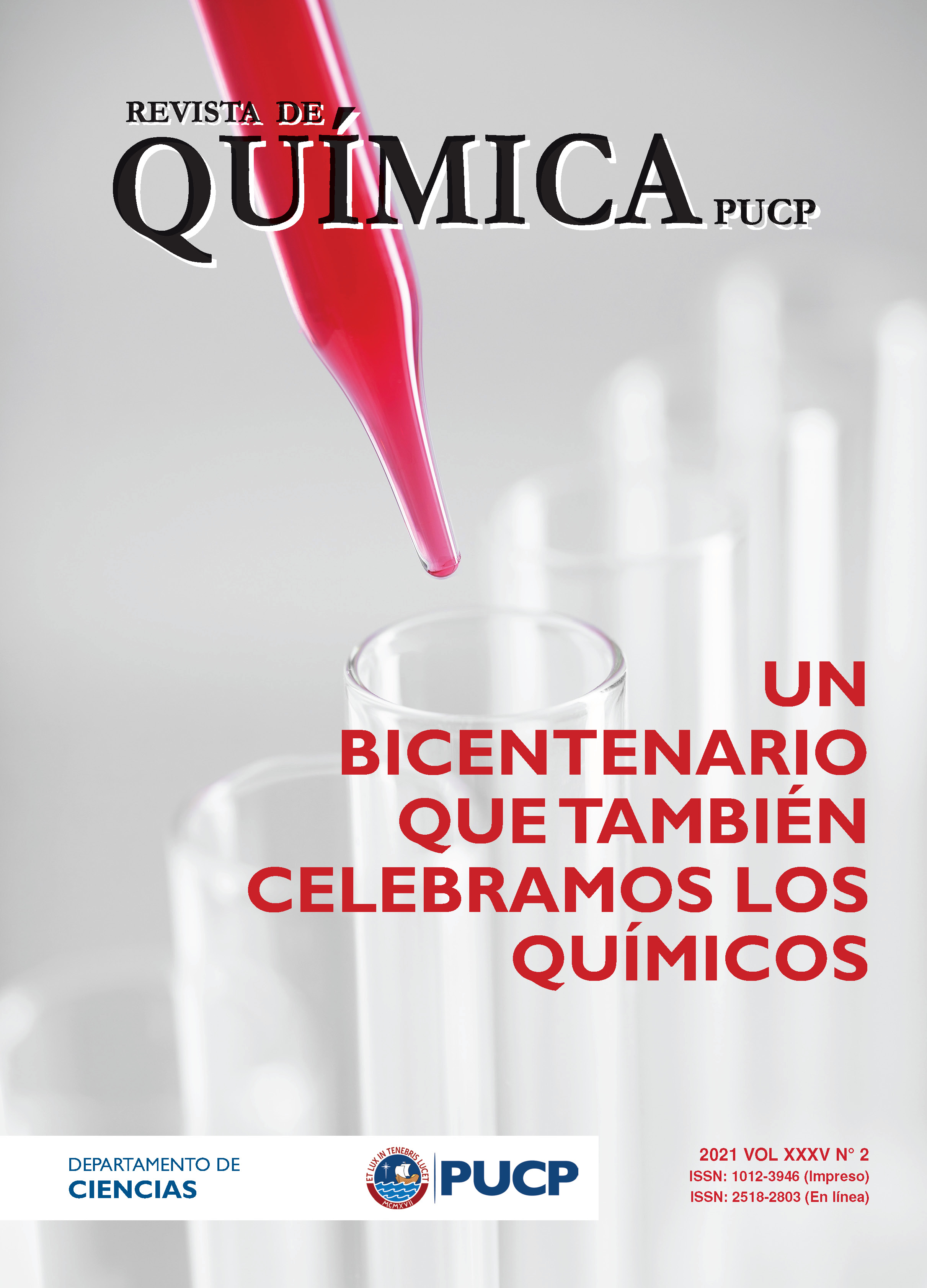Si la leche es blanca, ¿Por qué el queso es amarillo?
Palabras clave:
Caroteno, Anato, Bixina, NorbixinaResumen
La leche de vaca, que se usa para fabricar el queso, contiene b-caroteno, que es el compuesto responsable de la coloración amarillo-pálida natural del queso. Este compuesto de color amarillo-anaranjado se encuentra de manera natural en el pasto del que se alimentan las vacas. Como es liposoluble, se almacena en la grasa de la vaca y pasa a la leche encapsulado al interior de unos glóbulos de grasa contenidos en la leche. Dado que estos glóbulos dispersan la luz que incide sobre la leche ésta se ve blanca. Durante la fabricación del queso, estos glóbulos de grasa se rompen, exponiendo el b-caroteno, que tiñe el queso con su característico color amarillo. En la actualidad, para homogenizar el color de los quesos en la industria, se agrega Annatto o achiote, un colorante natural extraído del arbusto Bixa orellana L., presente en gran parte de la Amazonía Peruana.
Descargas
Descargas
Publicado
Cómo citar
Número
Sección
Licencia
Derechos de autor 2021 Carlos Alfonso Escobar Zapata

Esta obra está bajo una licencia internacional Creative Commons Atribución 4.0.













